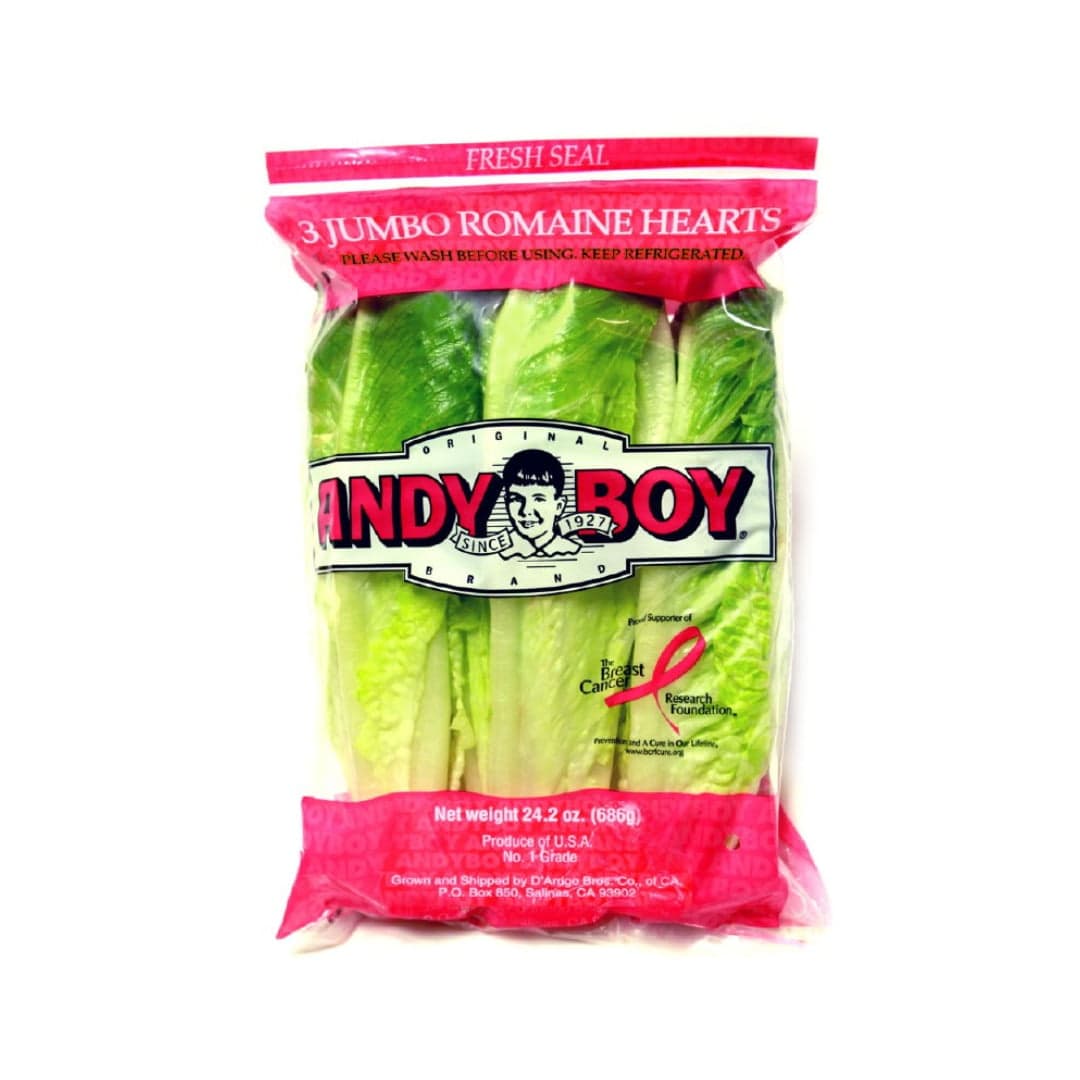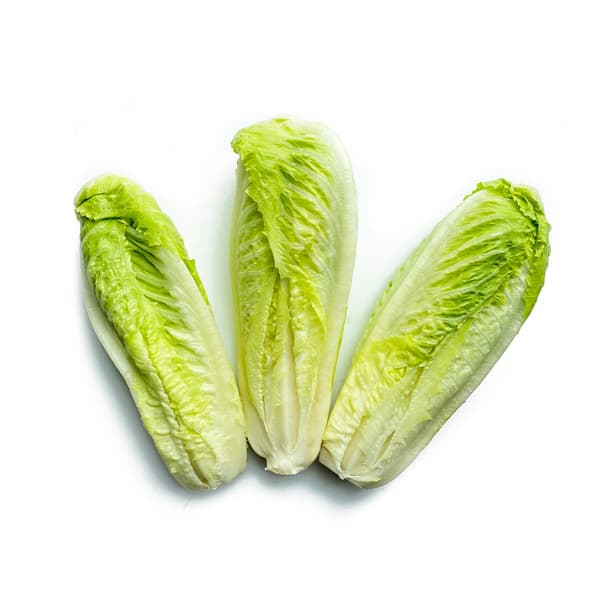
Kale
Product Details
Description
**Kale** is a highly popular, nutrient-dense green leafy vegetable belonging to the *Brassica oleracea* species, which makes it a close relative of cabbage, broccoli, and cauliflower (all are part of the cruciferous family). ### Key Characteristics * **Appearance:** Kale is characterized by its large, sturdy leaves that grow outward from a central stalk and do not form a tight head (unlike cabbage). Varieties vary widely: * **Curly Kale (Scots Kale):** The most common type, featuring tightly ruffled, vibrant green leaves. * **Lacinato Kale (Dinosaur or Tuscan Kale):** Has long, narrow, dark blue-green leaves with a wrinkled, bumpy texture. * **Red Russian Kale:** Has flat, fringed leaves that are often tinged with purple or red. * **Flavor and Texture:** * **Flavor:** It has an earthy, slightly peppery, and often bitter taste, which tends to mellow and become slightly sweeter when cooked or when harvested after a light frost. * **Texture:** Raw kale leaves are tough and fibrous, giving them a good crunch. They soften significantly when cooked, or when they are "massaged" with oil or dressing for salads. * **Nutritional Profile (Superfood Status):** Kale is renowned as a "superfood" due to its exceptional nutritional content. It is extremely rich in: * **Vitamins:** Especially high in **Vitamin K** (crucial for blood clotting and bone health), **Vitamin A**, and **Vitamin C**. * **Minerals:** A good source of manganese, calcium, and potassium. * **Antioxidants:** Contains potent antioxidants like quercetin and kaempferol, and carotenoids like lutein and zeaxanthin (beneficial for eye health). * **Hardiness:** Kale is a remarkably cold-hardy vegetable. It thrives in cool weather and can survive temperatures as low as $-15^\circ \text{C}$ ($5^\circ \text{F}$). ### Culinary Uses Kale is incredibly versatile: * **Raw:** Used in salads (often massaged first to soften the leaves). * **Cooked:** Sautéed, steamed, added to soups and stews (where its sturdy leaves hold up well), or braised. * **Snack:** Baked or air-fried into crispy **Kale Chips**. * **Blended:** Incorporated into smoothies for a nutritional boost.
Product Information Notice
We strive to provide accurate information regarding ingredients, nutritional details, product images, and descriptions on our website. However, this information may occasionally change. For the most current and precise ingredient and nutrition information, please always refer to the actual product packaging.
You Might Also Like
Discover more products based on your current selection







